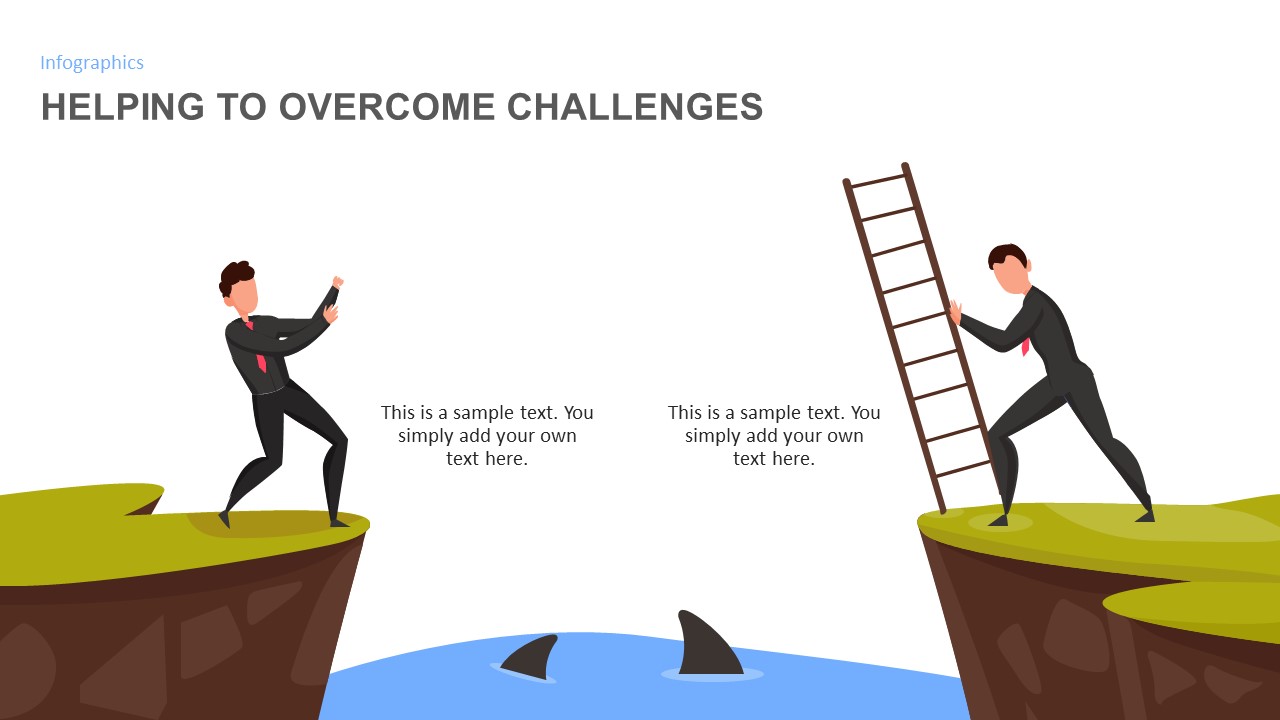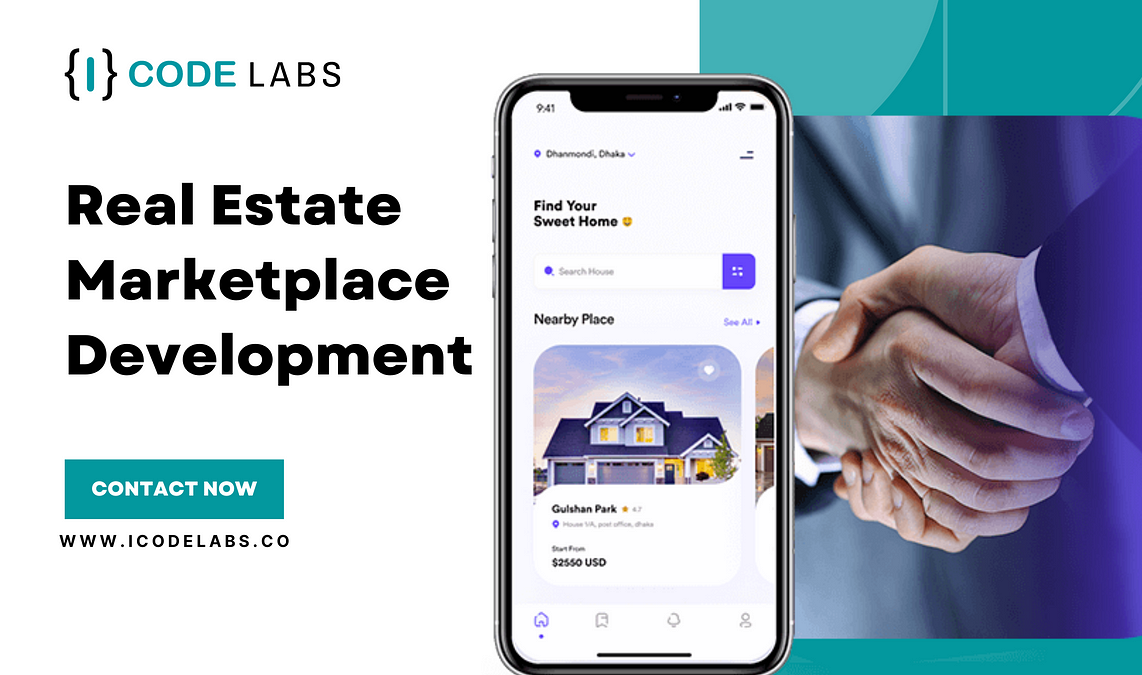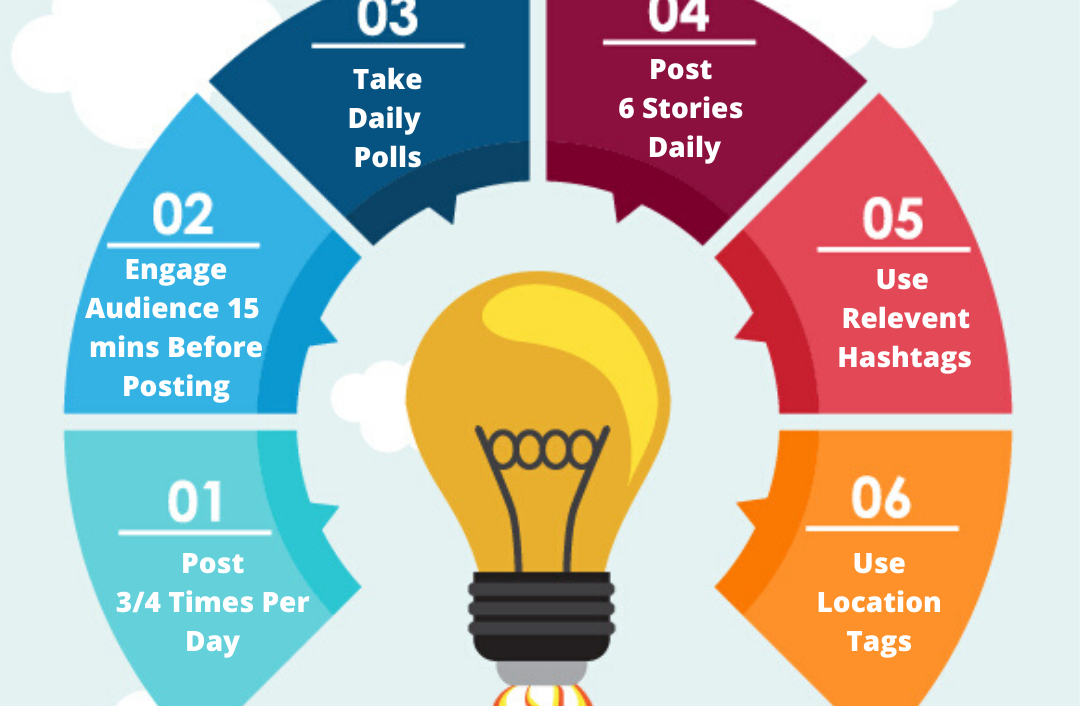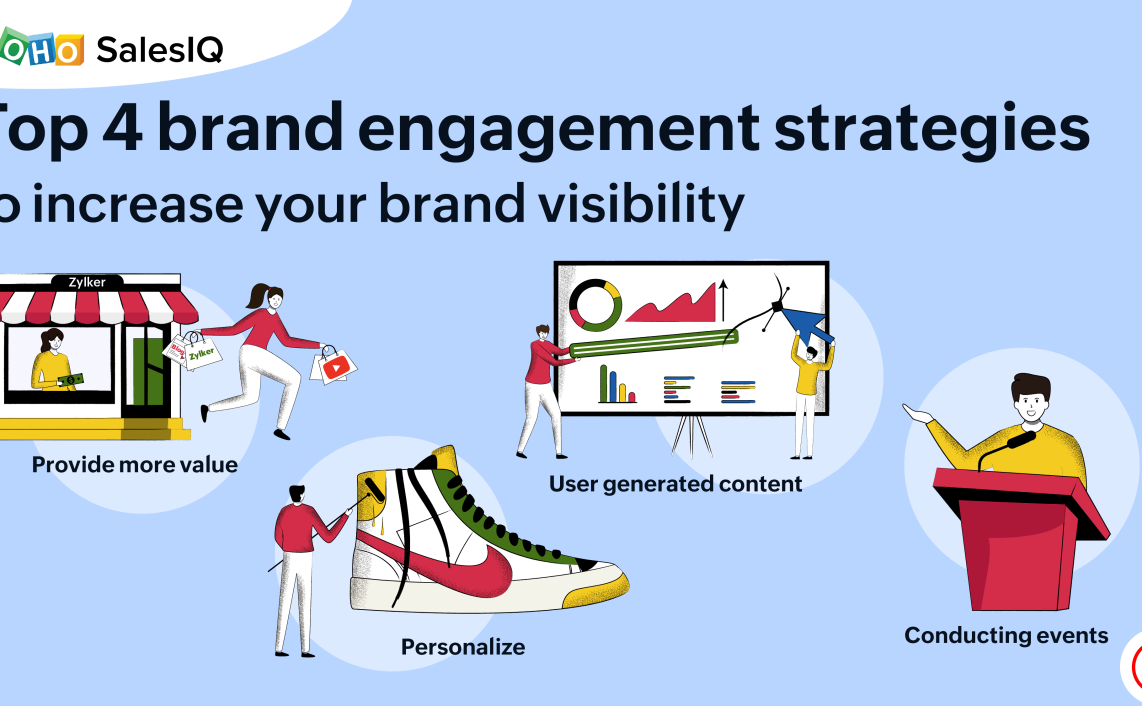Overcoming Challenges in Brandformance: A Case Study Approach

In the realm of marketing, brandformance has emerged as a crucial metric that encapsulates the dual objectives of brand building and performance marketing. Unlike traditional marketing approaches that focus solely on brand awareness or lead generation, brandformance seeks to achieve both brand impact and measurable results. However, navigating the complexities of brandformance often presents marketers with a myriad of challenges. This case study approach delves into the experiences of three companies that successfully overcame brandformance hurdles, offering valuable insights and actionable strategies.

Case Study 1: XYZ Company

XYZ Company, a leading consumer electronics manufacturer, faced the challenge of declining brand awareness and stagnant sales in a highly competitive market. To address this, they embarked on a comprehensive brandformance strategy that encompassed several key elements:
Repositioning the Brand: XYZ Company conducted thorough market research to understand evolving consumer preferences and identify untapped opportunities. Based on these insights, they repositioned their brand to align with contemporary trends and address unmet customer needs.
Creating Compelling Content: Recognizing the power of storytelling, XYZ Company invested in creating engaging content that resonated with their target audience. They produced a series of captivating videos that showcased the unique features and benefits of their products, effectively capturing the attention of potential customers.
Leveraging Digital Channels: XYZ Company recognized the importance of digital channels in reaching their target audience. They optimized their website for search engines, implemented targeted social media campaigns, and utilized paid advertising to increase brand visibility and drive traffic to their website.
Tracking and Measuring Results: To gauge the effectiveness of their brandformance efforts, XYZ Company employed robust tracking and measurement tools. They closely monitored key performance indicators (KPIs) such as website traffic, engagement metrics, conversion rates, and sales to assess the impact of their campaigns.
Results Achieved:
Through their strategic and data-driven approach to brandformance, XYZ Company successfully reversed their declining sales trend and significantly increased brand awareness. Their compelling content and effective use of digital channels generated substantial website traffic and led to a surge in online purchases. By integrating brand building and performance marketing, XYZ Company achieved a remarkable improvement in their overall marketing performance.
Case Study 2: ABC Company
ABC Company, a renowned fashion retailer, encountered the challenge of declining foot traffic in their physical stores despite having a strong online presence. To combat this issue, they implemented a seamless omnichannel strategy that seamlessly integrated their online and offline channels.
Enhancing the In-Store Experience: ABC Company recognized the need to elevate the in-store shopping experience to attract customers and encourage repeat visits. They introduced interactive displays, provided personalized customer service, and offered exclusive in-store promotions to create a more engaging and memorable shopping environment.
Driving Online Traffic to Physical Stores: ABC Company leveraged their digital channels to drive traffic to their physical stores. They utilized geotargeting to display targeted ads to local customers and offered convenient features such as click-and-collect and same-day delivery to encourage online shoppers to visit their brick-and-mortar locations.
Unifying Customer Data: ABC Company implemented a centralized customer data platform that integrated data from both online and offline channels. This enabled them to gain a holistic view of their customers’ behavior, preferences, and purchase history. This data-driven approach allowed them to tailor personalized marketing campaigns and enhance the overall customer experience.
Results Achieved:
ABC Company’s omnichannel strategy successfully revitalized their physical stores and significantly increased overall sales. By providing a seamless and personalized shopping experience across channels, they attracted new customers, increased customer loyalty, and improved their profitability. The integration of online and offline channels proved to be a winning formula for ABC Company.
Case Study 3: PQR Company
PQR Company, a rapidly growing technology startup, faced the challenge of establishing brand awareness and generating leads in a crowded and competitive market. To address this, they adopted an innovative approach that combined content marketing, influencer partnerships, and data-driven analytics.
Creating Thought-Leading Content: PQR Company invested in creating high-quality content that provided valuable insights and solutions to their target audience. They published in-depth blog posts, insightful whitepapers, and engaging videos that showcased their expertise and established them as thought leaders in their industry.
Partnering with Influencers: PQR Company identified influential individuals in their industry and partnered with them to promote their brand and products. These influencers shared their positive experiences with PQR Company’s offerings, generating buzz and increasing brand awareness among their large followings.
Utilizing Data-Driven Analytics: PQR Company employed advanced analytics tools to track the performance of their content and influencer partnerships. They analyzed metrics such as website traffic, engagement rates, and lead generation to measure the effectiveness of their campaigns and make data-driven adjustments to improve results.
Results Achieved:
PQR Company’s strategic blend of content marketing, influencer partnerships, and data-driven analytics catapulted their brand into the spotlight and generated a significant influx of leads. Their thought-leading content and authentic influencer endorsements resonated with their target audience, leading to increased brand awareness, website traffic, and ultimately, a surge in sales. By leveraging the power of data







